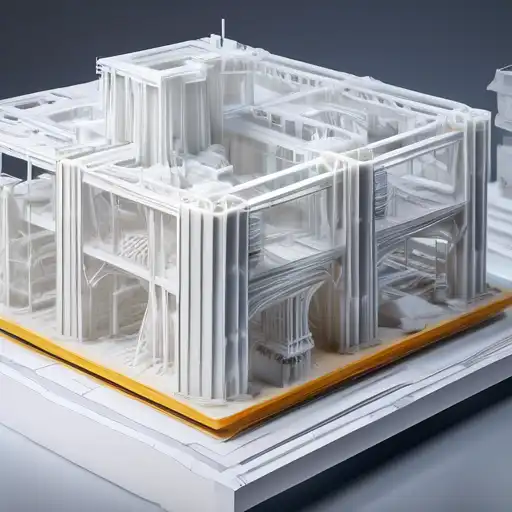Revolutionizing Construction: The Power of 3D Printing
The construction industry is on the brink of a revolution, thanks to the advent of 3D printing technology. This innovative approach to building is not only faster and more cost-effective but also opens up new possibilities for architectural design and sustainability. In this article, we delve into how 3D printing is shaping the future of construction.
What is 3D Printing in Construction?
3D printing in construction involves the use of large-scale printers to create buildings and construction components layer by layer. This method can use a variety of materials, including concrete, plastic, and even recycled materials, offering a greener alternative to traditional construction methods.
Benefits of 3D Printing in Construction
- Speed: Projects can be completed in a fraction of the time compared to conventional methods.
- Cost-Effectiveness: Reduced labor costs and material waste make 3D printing a financially viable option.
- Design Flexibility: Complex geometries and custom designs are easier to achieve, pushing the boundaries of modern architecture.
- Sustainability: The ability to use recycled materials and minimize waste contributes to more sustainable construction practices.
Challenges and Considerations
Despite its advantages, 3D printing in construction faces several challenges. Regulatory hurdles, material limitations, and the need for skilled operators are among the key issues that need to be addressed. However, as the technology evolves, these challenges are expected to diminish.
Real-World Applications
From residential homes to commercial buildings and even bridges, 3D printing is being tested and implemented across the globe. Notable examples include the world's first 3D-printed office in Dubai and a 3D-printed pedestrian bridge in Spain. These projects highlight the potential of 3D printing to transform the construction industry.
The Future of 3D Printing in Construction
As technology advances, we can expect to see more widespread adoption of 3D printing in construction. Innovations in materials and printing techniques will further enhance the efficiency, sustainability, and affordability of this method. The future of construction is here, and it's being built layer by layer with 3D printing.
For more insights into the latest construction technologies, check out our articles on sustainable building materials and the future of architecture.
